Meet the Photographer Who Is Making Fashion More Diverse, One Snapshot at a Time
In an industry that can feel exclusive and snobby, Alexi Lubomirski is proof that inclusivity and openness work just as well, if not better. And that’s truly saying something from someone who can be booked by Harper’s Bazaar or Vogue in an instant and who has shot the most A-list actresses and celebrities in the world, including Charlize Theron, Gwyneth Paltrow and Jennifer Lopez.
Difference and diversity are at the heart of his latest endeavor: a 192-page hardcover titled Diverse Beauty. Inside are cutting-edge, high-fashion photos of some of the most beautiful women you’ve both seen and not seen — hence, the compilation’s name. Accompanying the edition was a photo exhibition at the fashion-friendly Milk Gallery in New York City, with Lubomirski’s portraits blown up to larger-than-life size and unveiled for both industry insiders and those photographed to take in and admire.
At the exhibition opening, we talked to Lubomirski about how Lupita Nyong’o motivated him to create this book and why the lack of diversity on magazine covers is tied to both fear and sale figures.
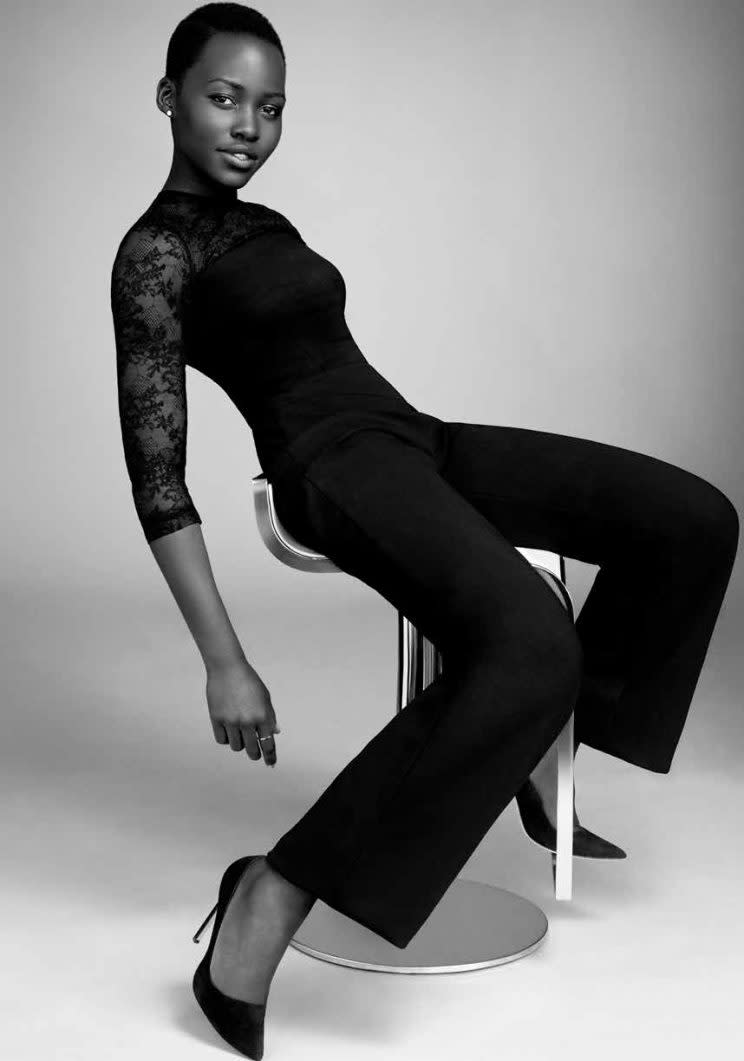
Yahoo Beauty: The concept and theme for this book and exhibition is so powerful. Lupita Nyong’o is such a special figure and strong representation of what’s possible in this world, especially for women of color. What about your time spent with her and working with her led you to create Diverse Beauty?
Lubomirski: As a photographer, you usually meet who you’re about to shoot and they’re great and fun, but they really begin to shine with hair, makeup, clothes and the lights on them. But when Lupita comes on set, she’s already shining. I don’t have to give her any direction. She’s dancing, she’s confident. And the whole chain of events started for me after our first shot together. She came to me and let me know that she loved the picture but said, “Can you do me a favor? Can you not lighten my skin in post production?” I thought that was interesting because I hadn’t heard it before. So while we were getting ready for our second shot, I started going through my archive and comparing what I had taken versus how it came out after editing. And I started to notice it. It’s not often blatantly obvious and shouldn’t be, but I really started to see that my subjects had been lightened — in a similar way to how women are made thinner.
And Lupita was black, beautiful, confident and proud, which also made me realize that I rarely got to shoot more than the 50 top Caucasian celebrities and models that are normally on the covers of most magazines. I wasn’t shooting a diverse range of women on a regular basis. When I go to these shoots, it has often been, “We love her but …” and it wasn’t very positive for me at all. So I wanted to do a book and really celebrate all the elements that I had often heard people in the industry shy away from. If they are saying, “You’re too dark,” let’s really celebrate the richness of your skin. And if they’re discriminating against you because you’re plus size, let’s showcase your body and curves in amazing looks.
It’s all about labeling. In the book, we tackle how people get labeled in the street from our first glance. It’s a part of our social conditioning. And I spoke to a doctor who specializes in diversity and he implored me to ask people about how they labeled themselves because chances are they wouldn’t define who they were the same way a stranger would. Ethnicity, their sexual preferences and body types are things we use to characterize people from the outside, but it isn’t always what’s most important to us as individuals living in our own skin. And that led us to a whole new side of the project. We did videos of each person we chose and asked, “What does beauty mean to you?” and “How would you describe yourself in five words?” And I was so shocked by how moving it was. I’m a crier anyway, but I was really crushed by everyone’s responses.
Here in New York, we’re part of what I call this textured tapestry that is so rich and strong and has all these colors and cultures, but you do not see that in magazines. There has been progress, but it’s slow. Bethann [Hardison] is a complete powerhouse and I was talking to her about this book. She looked at it and remarked that it’s about inclusion, so from then on, I started referring to it as a group hug in the fashion industry. She wants to see magazines do this every month.
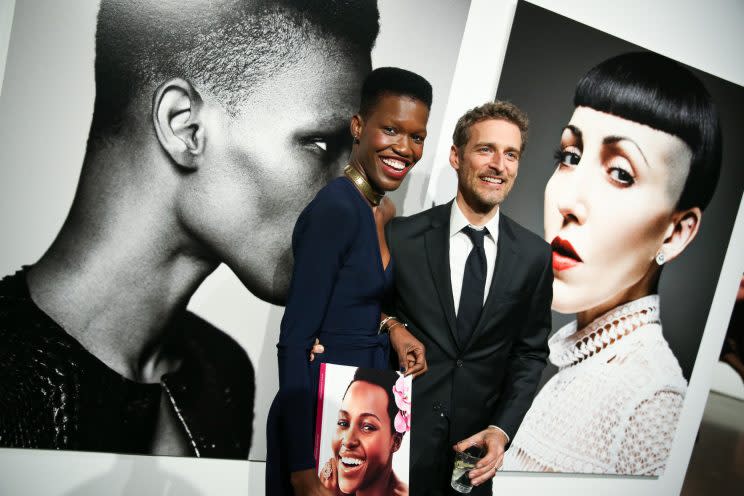
How did you choose who would be in the book?
We wanted as many amazing people as possible. It was really about how many we could actually shoot in the four days we had allotted. And I didn’t want the photos to be still-life shots. It was very important that these be beautiful fashion images. I wanted people to first be enthralled by the pictures and then realize that they’re featuring those that aren’t normally shown as models in the publications and campaigns we see everyday. I hope that the industry sees this and that the public starts to believe that all different kinds of beauty can make a wonderful picture. The more it’s seen, the more it becomes accepted and adopted. Mainstream media needs to do a better job of this.
Why do you think so many brands, designers and magazines have such a big problem with inclusivity?
Money is a big part of the extremely slow process that many people won’t discuss. So much of it is about sales and many magazines have gotten their formula down to a science. This is where the industry needs to do so much catching up. Generation Z is moving much faster and they’re ready.
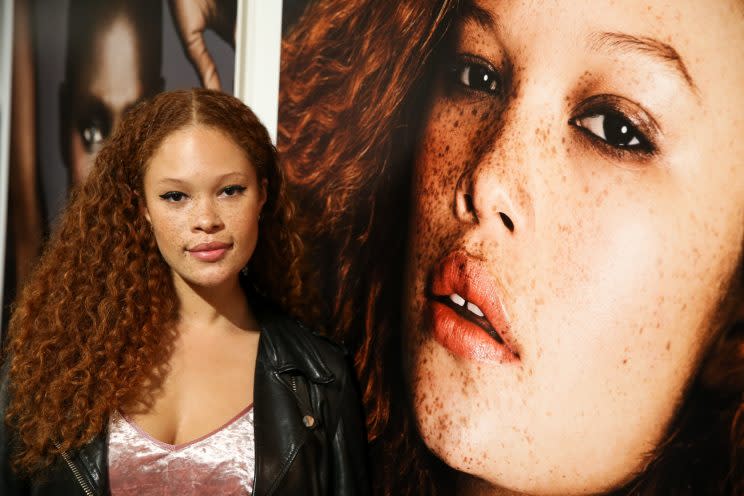
They’re so forward thinking and have absolutely moved past us in so many regards.
Absolutely. I once wanted to shoot this amazing black girl for a magazine I cannot name and they told me that their issue would sell 30 percent less copies if they put a dark-skinned woman on the cover. It’s very unromantic, sales-centric and uncreative at times. And it’s strange so many are stuck because the magazines and brands that are embracing diversity and doing different things are the coolest ones on the market. Keeping up with what the youth are doing is the key. We’re flogging a dead horse by shutting out different ethnicities, complexions, sizes and hair textures. We need to get with the times. And I’ve told some people that they’d be caught up with the momentum of what’s really moving things forward if they changed the way they work. It’s a combination of fear, sales figures and this rigorous adherence to spreadsheets — even in a creative industry.
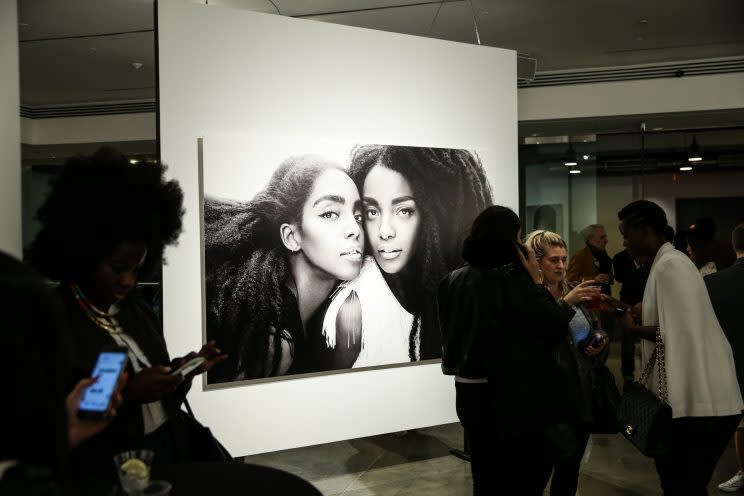
And when you go to a set with a vision or want to try something different and are told that you can only have a certain kind of woman with a certain complexion or hair texture, how do you handle that?
There are so many kinds of creatives in this industry and as a photographer, I’ve never fit that mold of a tortured artist. I won’t storm off a set if I don’t see eye to eye with a brand or magazine’s ideas, but there is a level I push to. For example, my wife curated this show. I met her at Milk Gallery for my first exhibition here eight years ago. She was curating the gallery at the time.
So things have come full circle for you both.
Yes, we’re back here again! My wife is really the eco-conscious person in our household and the fashion industry is the second-biggest harm and polluter to the planet. So we’re constantly having this discussion about my work as a fashion photographer and what that means in the grander design of the world. I’m fortunate to be doing what I love, but there are elements in every industry and job that you won’t agree with. So my wife has often told me that it’s better I stay in the boat and try to affect its course, rather than jumping off of it and letting it go where it may. And I completely agree with her. I do the best that I can and push for what I’m passionate about. When it works, I’m thrilled. And when it doesn’t take, I move on to the next project because if I cut off that bridge, there’s no hope in repairing it. Baby steps don’t always feel fulfilling, but we have to try to keep moving forward.
Diverse Beauty was wonderful for me because I didn’t have to answer to anyone. I did my own thing and will it impact someone? Who knows? It’s all about that continuous visibility. Before this, I meditated and thought that it would be impactful if just one editor or creative director went back to work and was influenced to expand the age, ethnicity, skin tone and size of the models they use because of this project. Or if one consumer or reader of magazines goes and picks up a magazine with a black woman on the cover after seeing this.
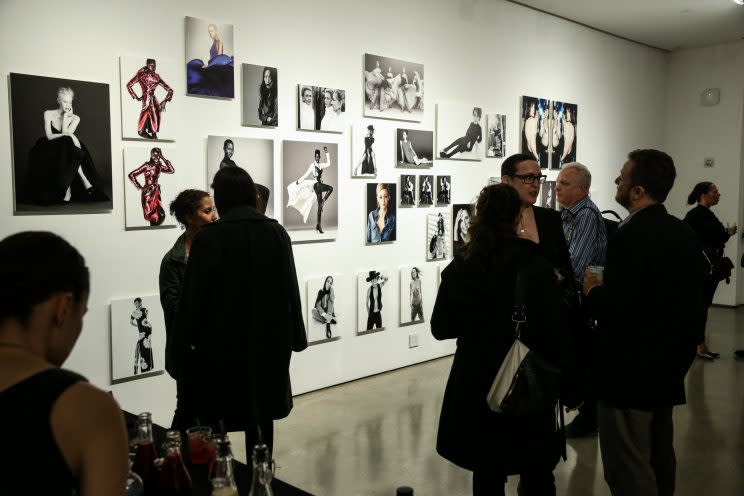
Social media has completely changed the landscape for photographers, magazines and brands. It has put so many more images in all of our faces. How has it altered the way you approach your work? Do you use it for inspiration?
I was actually dragged kicking and screaming to join social media. Then I realized its power and that I had to move with the times. Social media is fantastic now because it has really cut down that mystery wall between fashion and the public. Those who love the industry and buy clothes are way more educated now because of what they see behind the scenes. Things can be shared all over the world in two seconds. It has allowed customers to make educated and informed choices. They can now demand and ask labels, “Where does your stuff come from?” and “Who are you using?” They can have a voice and calls to action. And what I love about social media is that it has allowed everyone to have a platform, whether you have 10 followers or 100 million followers.
Diverse Beauty is available now for purchase at Artbook.com and the exhibition is open at Milk Gallery in New York City until Nov. 13.
Let’s keep in touch! Follow Yahoo Beauty on Facebook, Twitter, Instagram and Pinterest.

